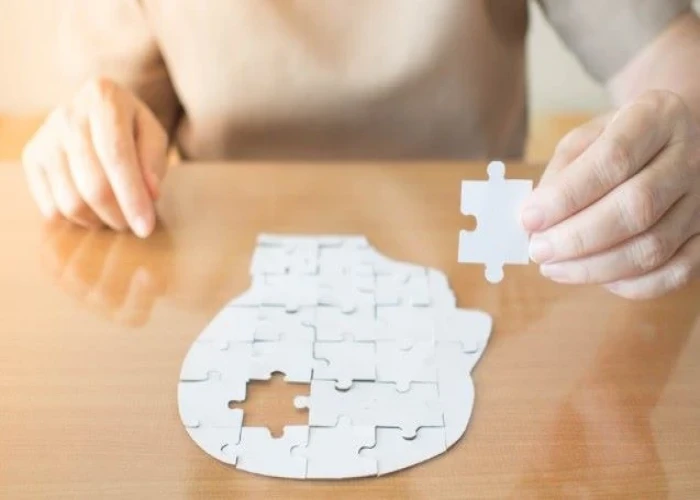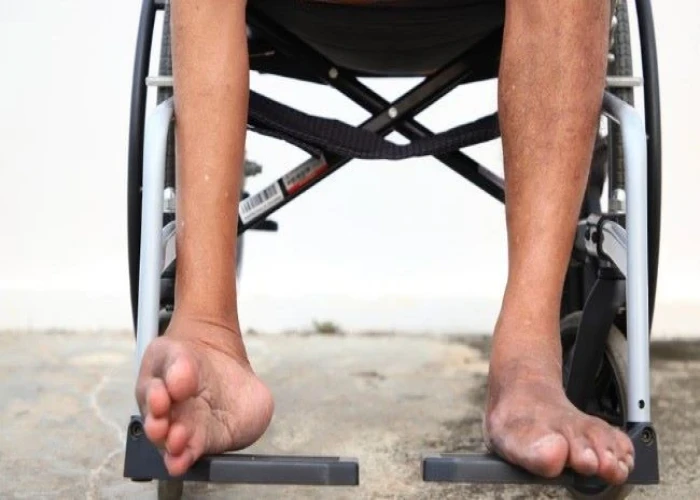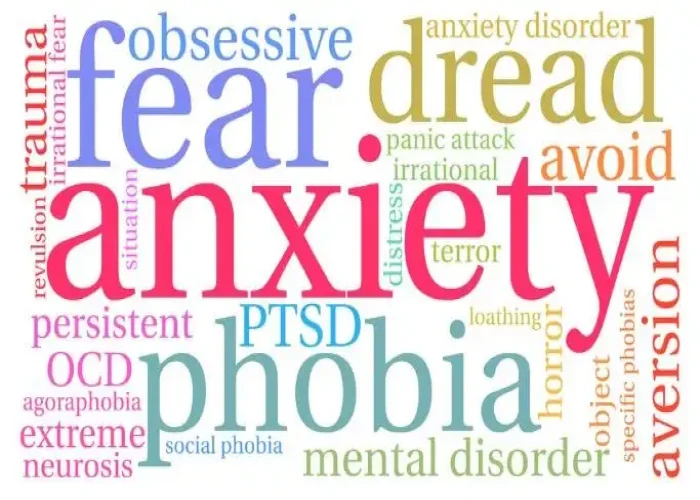 Welcome
Welcome
“May all be happy, may all be healed, may all be at peace and may no one ever suffer."
Specific phobias

Specific phobias are a type of anxiety disorder characterized by intense and persistent fear of specific objects, situations, or activities. Common examples of specific phobias include fear of heights, enclosed spaces, animals, insects, or medical procedures.
People with specific phobias may experience a range of symptoms, including sweating, trembling, rapid heartbeat, nausea, and avoidance of the feared object or situation. The fear and avoidance associated with specific phobias can have a significant impact on a person's daily life, leading to avoidance of everyday activities and social isolation.
The exact cause of specific phobias is not fully understood, but it is believed to be related to a combination of genetic, environmental, and psychological factors. Traumatic experiences or negative associations with the feared object or situation may contribute to the development of specific phobias.
Treatment for specific phobias typically involves a combination of psychotherapy and medication. Exposure therapy is a commonly used psychotherapy for specific phobias, in which the person is gradually exposed to the feared object or situation in a controlled and safe environment. Cognitive behavioral therapy (CBT) can also be effective in helping to identify and challenge negative thought patterns related to the phobia. In some cases, medication such as anti-anxiety drugs may be used to help manage symptoms.
With appropriate treatment, people with specific phobias can learn to manage their fear and anxiety and regain control over their lives. If you or someone you know is experiencing symptoms of a specific phobia, it is important to seek help from a mental health professional for further evaluation and treatment.
Research Papers
Disease Signs and Symptoms
- Phobias
- Awareness that your fears are unreasonable or exaggerated but feeling powerless to control them
- Worsening anxiety as the situation or object gets closer to in time or physical proximity
- Doing everything possible to avoid the object or situation or enduring it with intense anxiety or fear
- Difficulty functioning normally because of fear
- Feeling nauseated, dizzy or fainting around blood or injuries
- In children, possibly tantrums, clinging, crying, or refusing to leave a parent's side or approach their fear
Disease Causes
Specific phobias
Much is still unknown about the actual cause of specific phobias. Causes may include:
- Negative experiences. Many phobias develop as a result of having a negative experience or panic attack related to a specific object or situation.
- Genetics and environment. There may be a link between your own specific phobia and the phobia or anxiety of your parents — this could be due to genetics or learned behavior.
- Brain function. Changes in brain functioning also may play a role in developing specific phobias.
Disease Prevents
Disease Treatments
If you have a specific phobia, consider getting psychological help, especially if you have children. Although genetics likely plays a role in the development of specific phobias, repeatedly seeing someone else's phobic reaction can trigger a specific phobia in children.
By dealing with your own fears, you'll be teaching your child excellent resiliency skills and encouraging him or her to take brave actions just like you did.
Disease Diagnoses
Disease Allopathic Generics
Disease Ayurvedic Generics
Disease Homeopathic Generics
Disease yoga
Specific phobias and Learn More about Diseases

Ebola virus and Marburg virus

Mental illness

Tongue-tie (ankyloglossia)

Low blood pressure (hypotension)

Breast cysts

Spinal headaches

Polio

Laryngitis
Specific phobias, স্পেসিফিক ফোবিয়াস, নির্দিষ্ট ফোবিয়াস
To be happy, beautiful, healthy, wealthy, hale and long-lived stay with DM3S.
